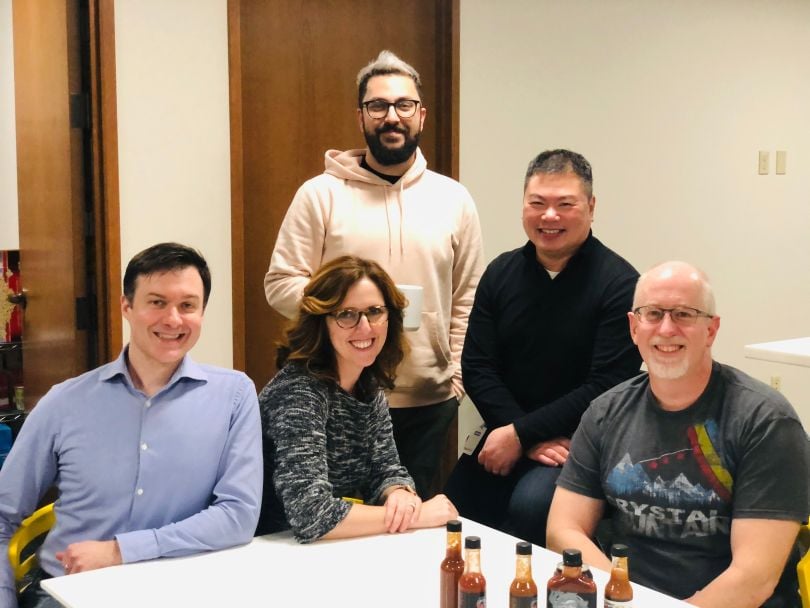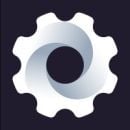Seattle CTO Nick Shiftan and Data Scientist John “Turbo” Conwell work for different companies in separate departments. But they’re both using some of the latest iterations of artificial intelligence and machine learning to solve problems ranging in complexity from automatic merchandise identification to online fraudulence detection.
While Shiftan’s team focuses on how to take advantage of AI to improve the e-commerce experience (by tagging products in photos on social media, for example), Conwell spends his days identifying data threat indicators. And they’re not the only professionals harnessing AI and machine learning.
According to Tractica, the global AI software market is expected to reach $14.7 billion in 2019, an increase of 154 percent from 2018. While humans are still needed to program and contextualize machine learning tools, we’re seeing a definite shift toward full automation.
Below, Shiftan and Conwell told us which industry trends they’ll be watching in 2020 — and how they plan on capitalizing on them.

Some technology trends come and go with little iteration based on a lack of demand. But more substantial of-the-moment software allows companies to tweak their offerings as the tech evolves. That’s the case for Curalate, an e-commerce brand leveraging artificial intelligence. CTO and Co-Founder Nick Shiftan said the business is placing a strong emphasis on human-in-the-loop AI this year.
What are the top tech trends you’re watching in 2020? What impact do you think these trends will have on your industry in particular?
As we gear up for 2020, I’m excited about artificial intelligence becoming less artificial. Much has already been made of the incredible strides in the field of machine learning. The models available to us today are substantially more accurate and more efficient (in terms of central processing units, memory and cost) than those of even six months ago. But humans still perform substantially better than machines in classes of problems. I believe this is an opportunity, not a challenge, and that the next wave of AI applications will seamlessly integrate human input to deliver magical results.
As we gear up for 2020, I’m excited about artificial intelligence becoming less artificial.’’
How are you applying these trends in your work in the year ahead?
At Curalate, we’re very bullish on human-in-the-loop AI. It’s been three years since we first released “intelligent product tagging”, our AI that finds products in images. The accuracy level of IPT has since steadily improved, but it’s still a few percentage points short of perfect. Using human-in-the-loop AI to rapidly verify the products that IPT finds has helped us close the “accuracy gap” to effectively 100 percent. This allows us to fully automate the sourcing, filtering and tagging of great user-generated content for our clients.

This year, DomainTools Data Scientist John “Turbo” Conwell is examining the trajectory of data-based technology trends and staying ahead of cyber threats rooted in artificial intelligence. The availability of up-and-coming tools like offensive ML makes it easier than ever for hackers to access modern tactics and workflows for, well, evil. Below, he told us what that means for companies like his.
What are the top tech trends you’re watching in 2020?
Over the past year, there has been an increase in open-source tools that make artificial intelligence much more accessible to people without AI expertise. These tools will undoubtedly make their way into what’s called offensive machine learning, or AI for offensive security. Offensive ML can be integrated into a hacker’s kill chain. While the accuracy of early offensive models will most likely be low at first, as people get more experienced in AI workflows, it will probably improve. Take, for example, the proliferation of tools available to create deepfake videos, a tool that has been operationalized in the past year.
This year I’m going to keep monitoring GitHub for new offensive ML projects.’’
How are you applying these trends in your work in the year ahead?
About six months ago I started combing through GitHub looking for offensive security projects that take advantage of AI. So far, I have identified a handful with some teeth to them. This year I’m going to keep monitoring GitHub for new offensive ML projects while looking for any evidence that these projects are being used in the wild.
I’m also interested in experimenting with several deepfake toolsets to see how difficult it is to make a video realistic enough to fool someone. My own interests are purely academic, of course.






